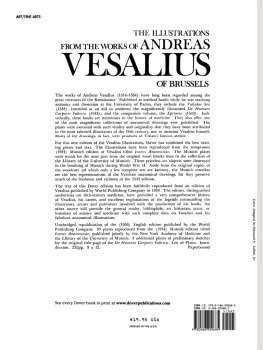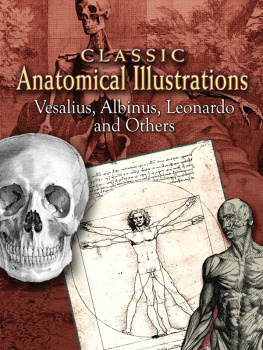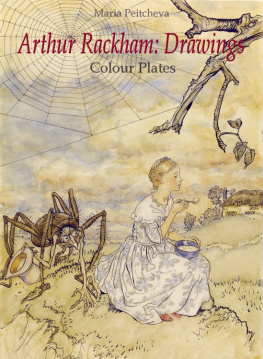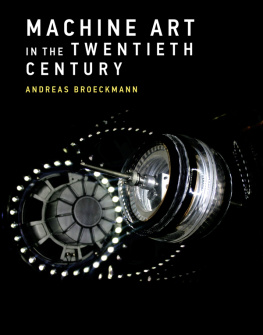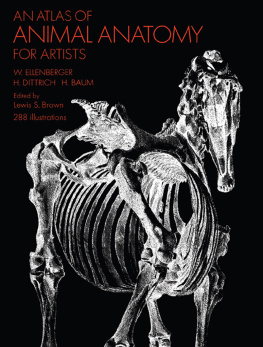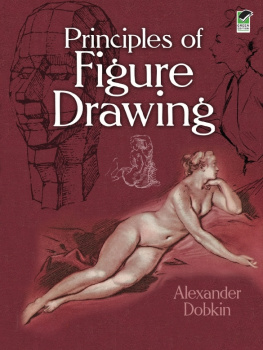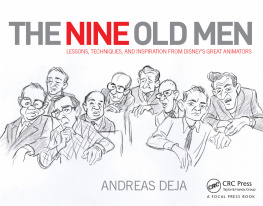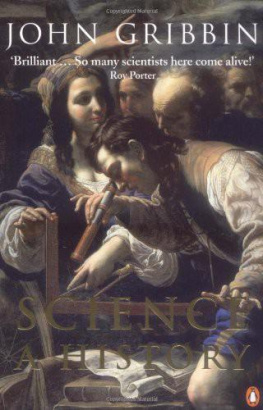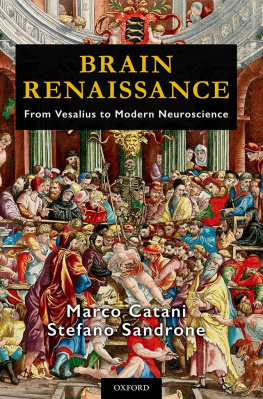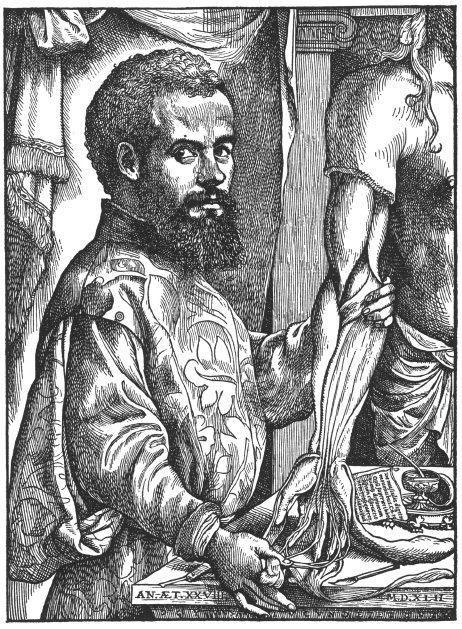
PLATE 1. WOODCUT PORTRAIT OF ANDREAS VESALIUS
THE ILLUSTRATIONS FROM THE WORKS OF
Andreas Vesalius
OF BRUSSELS
WITH ANNOTATIONS AND TRANSLATIONS, A DISCUSSION OF THE PLATES AND THEIR BACKGROUND, AUTHORSHIP AND INFLUENCE, AND A BIOGRAPHICAL SKETCH OF VESALIUS
BY
J. B. deC. M. Saunders
UNIVERSITY OF CALIFORNIA
AND
Charles D. OMalley
STANFORD UNIVERSITY
DOVER PUBLICATIONS, INC., NEW YORK
Copyright 1950 by The World Publishing Company.
All rights reserved under Pan American and International Copyright Conventions.
This Dover edition, first published in 1973, is an unabridged and unaltered republication of the work originally published in 1950 by The World Publishing Company, 2231 West 110th Street, Cleveland, Ohio. The text is reprinted here by special arrangement with the original publisher.
This book was designed by Abe Lerner.
DOVER Pictorial Archive SERIES
This book belongs to the Dover Pictorial Archive Series. You may use the designs and illustrations for graphics and crafts applications, free and without special permission, provided that you include no more than ten in the same publication or project. (For permission for additional use, please write to Dover Publications, Inc., 31 East 2nd Street, Mineola, N.Y. 11501.)
However, republication or reproduction of any illustration by any other graphic service whether it be in a book or in any other design resource is strictly prohibited.
International Standard Book Number: 0-486-20968-7
Library of Congress Catalog Card Number: 72-94756
Manufactured in the United States of America
Dover Publications, Inc.
31 East 2nd Street
Mineola, N.Y. 11501
List of Plates
PLATE
THE FIRST BOOK OF THE FABRICA
THE SECOND BOOK OF THE FABRICA
THE THIRD BOOK OF THE FABRICA
THE FOURTH BOOK OF THE FABRICA
THE FIFTH BOOK OF THE FABRICA
THE SIXTH BOOK OF THE FABRICA
THE SEVENTH BOOK OF THE FABRICA
THE EPITOME
VENESECTION LETTER
THE TABULAE SEX
Introduction
THE WORK OF ANDREAS VESALIUS OF BRUSSELS constitutes one of the greatest treasures of Western civilization and culture. His masterpiece, the De Humani Corporis Fabrica and its companion volume the Epitome, issued at Basel in 1543, established with startling suddenness the beginning of modern observational science and research. Their author has come to be ranked with Hippocrates, Galen, Harvey and Lister among the great physicians and discoverers in the history of medicine. However, his book is not only one of the most remarkable known to science, it is one of the most noble and magnificent volumes in the history of printing. In it, illustration, text and typography blend to achieve an unsurpassed work of creative art; the embodiment of the spirit of the Renaissance directed toward the future with new meaning.
The purpose of the present work is to make available to the general reader, the student of art, of science and of medicine, the illustrations from the works of Andreas Vesalius through the medium of which they may gain some insight into this achievement of science and art. In the dynamic and dramatic postures of the figures which emanated from the workshop of the master painter Titian, one may trace with something of the original freshness and enthusiasm mans discovery of his own bodily structure. In them, the student of the graphic arts will perceive the movement which freed art from conventional forms to re-approach nature, whence it could once more depart to explore other fields. Here, too, he will find the sixteenth-century woodcut at its finest, and here he will feel the power of the illustration employed for the advancement of knowledge.
To facilitate this purpose each of the illustrations has been briefly annotated. First there appears in italics Vesalius own legend to the drawing followed by an explanatory note which in many instances, owing to the nature of the material, is perforce somewhat technical and therefore will be of greater interest to the physician or biologist than to the general reader or to the artist. However, it is hoped that despite the necessity of such information, the general reader will find enough in these notes to give him some understanding of the meaning of the drawing. Vesalius provided each of the illustrations with an elaborate index to the letters denoting the various structures exposed. Since the terminology employed is so archaic as to require, except for the expert in sixteenth-century medicine, interpretation of almost every term, which would greatly increase the bulk of this volume, it was thought wiser to omit the translation of the indices. However, this should present no difficulty to anyone with a knowledge of human anatomy since he will be able to identify easily the many structures, and attention has been drawn to those which might prove confusing. At this juncture the reader should perhaps be warned of the danger of judging Vesalius knowledge or lack of knowledge by the illustrations alone. This has been responsible for innumerable erroneous conclusions in the Vesalian literature. While the drawings were being prepared, Vesalius himself was undergoing a rapid evolution and making new discoveries from day to day which required him to correct in the text earlier but erroneous opinions portrayed in the illustrations.
The illustrations reproduced in this volume are derived from the magnificent edition of the plates entitled the Icones Anatomicae of Andreas Vesalius and, for the most part, struck directly from the original wood blocks and published jointly by the New York Academy of Medicine and the Library of the University of Munich in 1934 under the editorship of Doctors Wiegand, Lambert and Archibald Malloch. The story of the re-discovery of the wood blocks of the Fabrica and Epitome is as extraordinary as any in the long history of bookmaking. Engraved in Venice, their peregrinations began with the long journey across the Alps to Basel, as recounted in Vesalius letter to the printer Oporinus. Thereafter, they were used once again in the preparation of the second edition of 1555, slightly modified by cutting away the wood around some of the guide letters where they tended to be obscured by the shadows. It would seem that after Oporinus death they passed into the hands of Jerome Frobens son and remained with this family until the third generation went out of the printing business in 1603. It is presumed that the blocks passed to Ludwig Knig, successor to the Frobens, and eventually they were purchased by Andreas Maschenbauer, a printer of Augsburg, who published, as the work of Titian, a selection of the plates for the use of artists and sculptors in 1706 and again in 1723. Once more they disappeared to be re-discovered, this time by the physician von Woltter. He, after having sent them in 1777 to the publisher Crusius of Leipzig, who decided that the expense of a new edition would be too great for him to undertake, entrusted them to the Bavarian anatomist and surgeon H. P. Leveling of Ingolstadt, who printed editions of the plates, financed by subscription, at Ingolstadt in 1781 and again in 1783. The blocks, now two hundred and fifty years old, were stored in Ingolstadt until that city was captured by the French in 1800 when they were evacuated to Landshut in Bavaria, to rest there for twenty-six years before continuing their journeyings. From Landshut they passed to the Library of the University of Munich where they gathered dust in a disused cupboard until they were recognized in the course of an inventory in 1893. In the meantime, the wood block of the re-engraved title page of the 1555 edition passed by some devious route into the hands of a collector in Antwerp and was subsequently presented to the Library of Louvain. Once more, in 1932, the wood blocks were unexpectedly found, stored in the Munich Library. Of the estimated 277 original blocks only fifty were missing, among which unfortunately was the portrait, and these, together with the plates of the
Next page
